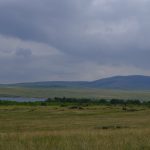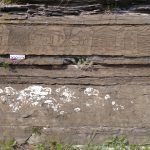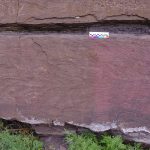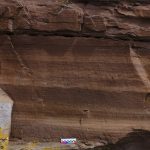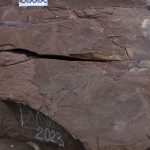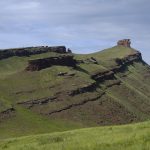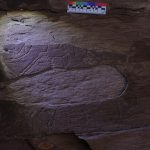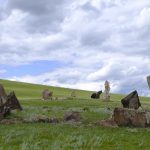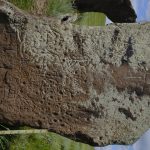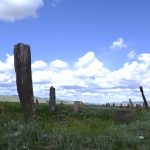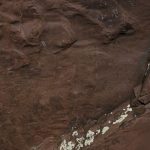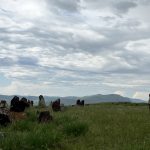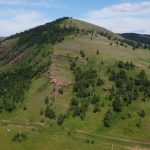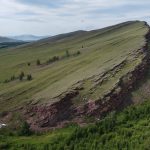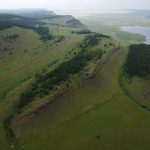Archaeological research in Khakassia
From July 7 to August 4, the Institute of Archaeology named after A.Kh. Khalikov of the Tatarstan Academy of Sciences jointly with the Institute of Archaeology of the Russian Academy of Sciences conducted archaeological reconnaissance in the northern and central parts of Khakassia. The expedition included Professor I.L. Kyzlasov, Doctor of History, leading research fellow at the Department of Medieval Archaeology of the Institute of Archaeology RAS.
The work focused on monitoring monuments of the Tashtyk culture (1st century BC – 5th century AD) – the region’s first Turkic-speaking population, known for their canonical depictions on the stones. The pictorial tradition of the Tashtyk culture is distinguished by its canonical representation of zoomorphic figures: one leg bent in front and other one – behind, while the back part is “placed” in the same plane, along by anatomical detailing. Human figures are depicted with shoulders and hips shown frontally, while legs and head are shown in profile. Details of clothing, weaponry, and harness are rendered.
The expedition succeeded in identifying previously unknown petroglyphs at the Aspa, Sunduki, and Salbyk sites. On Mount Sarat, a previously unknown rock art site was documented, co
ntaining large engraved figures of horses depicted moving at a “long trot.” Tamga signs are preserved on their rumps. Figures of women are discernible, the back hems of whose garments are shown as a so-called “train.” Unfortunately, the greater part of the imagery has been lost.
In addition to recording Tashtyk images on rocks and on stones from burial of barrows, expedition members were able to visit other well-known archaeological sites, some of which have become classic textbook illustrations: the Malaya and Bolshaya Boyar petroglyphs, the Sulek petroglyphs, the Kopyony and Uybat chaatases [burial complexes], the Bolshoy Salbyk barrow, and others. Fascinating accounts of these sites and the history of their study, provided by one of the leading specialists in the archaeology of Southern Siberia in general and Khakassia in particular, allowed for a deeper acquaintance with them and a better understanding of the historical processes that occurred within this cultural landscape.
At the Minusinsk Museum named after N.M. Martyanov, copies of Tashtyk petroglyphs made by V.N. Leontyev (1970s – early 2000s) were examined, including images from lost monuments (45 sheets were selected). The Institute expresses its gratitude to the museum director S.A. Borisova and the staff for their assistance.
These field investigations are important for the study of the archaeological cultures of the Turkic-speaking peoples of Eurasia. The collection and analysis of the acquired data will deepen the historical and cultural understanding of the South Siberian region.

